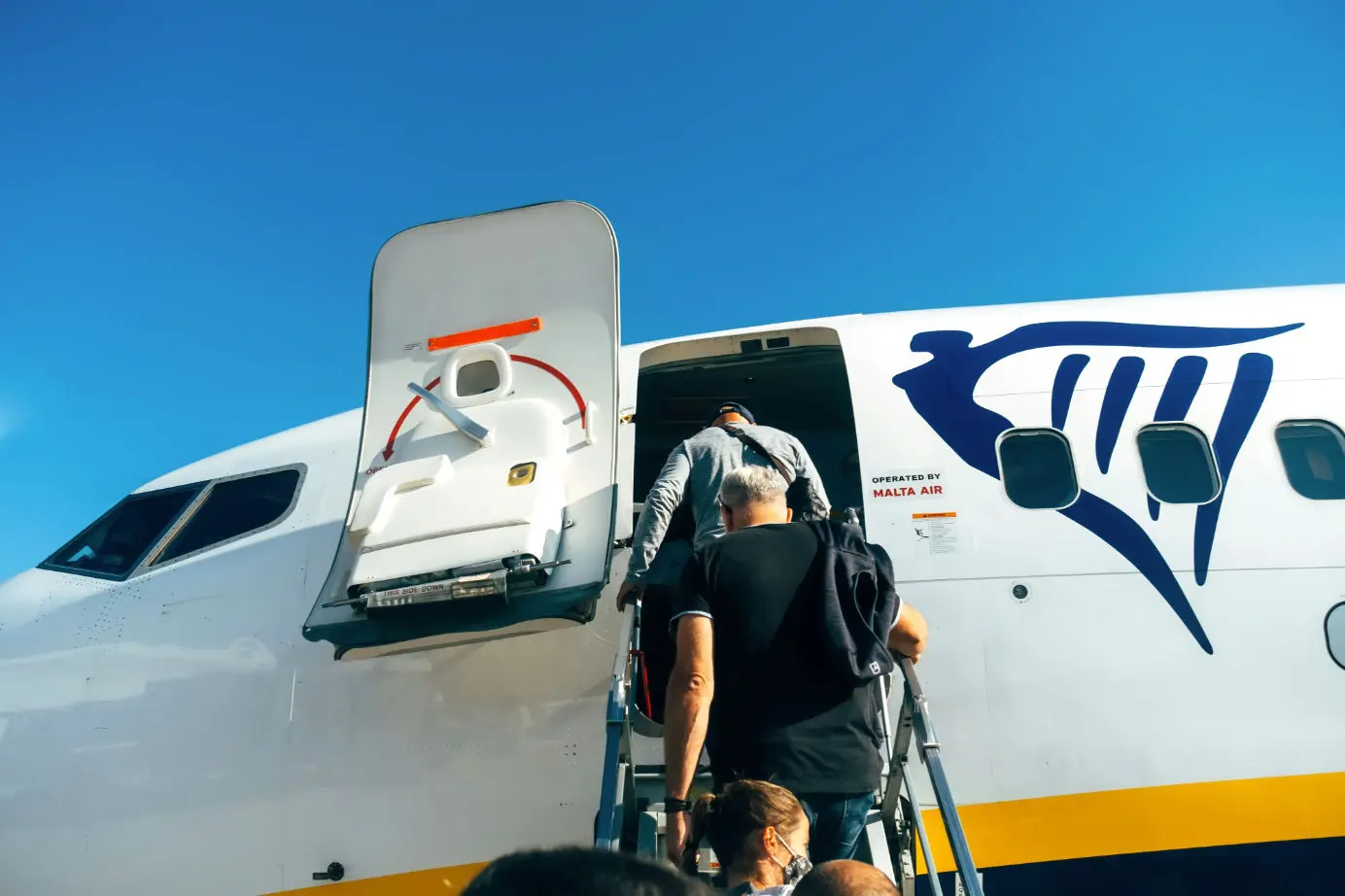
The Reasons Planes Board from Front to Back
Have you ever wondered why planes board front to back? Discover the reasons behind this common boarding process and how it impacts your travel experience.
Table of Contents
Have you ever wondered why planes always seem to board from front to back? This common airline practice has been the subject of much debate and speculation among passengers.
In this blog post, we will explore the reasons behind why planes board from front to back and delve into the various factors that airlines consider when developing their boarding procedures.
Understanding the Basics of Airline Boarding Procedures
At the heart of every flight's departure is the intricate dance of boarding, a well-orchestrated process designed to get passengers seated efficiently and the aircraft ready for departure. Here are the key elements of airplane boarding:
- Boarding Groups and Zones: Airlines sometimes divide passengers into groups or zones, which are called to board in a specific order. These groups are often based on seat location, ticket class, frequent flyer status, or other criteria. Commonly, the boarding process starts with first class, business class, and premium economy, followed by passengers with special needs, families with young children, and then the rest of the economy class, sometimes in a back-to-front sequence.
- Pre-Boarding: Certain passengers are allowed to board before general boarding begins. This includes travelers requiring assistance, those with disabilities, and families with small children. Pre-boarding ensures these passengers have extra time to get settled and avoid the rush.
- Priority Boarding: Many airlines offer priority boarding to their elite frequent flyers and passengers in premium cabins. This benefit is a perk of loyalty programs and higher ticket classes, allowing these passengers to secure overhead bin space and settle in without the crowd.
- General Boarding: After priority and pre-boarding, general boarding begins, usually in groups or zones. These groups are often assigned based on seat location to optimize the boarding process and minimize congestion in the aisles. For example, passengers seated in the rear of the plane may board first to clear the aisles for those seated in the middle and front.
- Gate Agents and Boarding Passes: Gate agents play a crucial role in managing the boarding process. They scan boarding passes, check for seat assignments, and ensure compliance with carry-on baggage policies. It's important to have your boarding pass and identification ready to present to the gate agents.
- Overhead Bins and Personal Items: Once on the plane, passengers are responsible for stowing their carry-on luggage in the overhead bins and placing personal items, like purses or small backpacks, under the seat in front of them. Airlines usually allow one carry-on bag and one personal item per passenger, but it’s always wise to check specific airline policies.
- Final Boarding Call and Door Closure: As the boarding process nears completion, gate agents make final boarding calls for any remaining passengers. Once everyone is on board, the aircraft doors are closed, and the cabin crew begins their safety procedures in preparation for takeoff.
Understanding these basic steps can help you navigate the boarding process with ease. Arrive at your gate on time, pay attention to announcements, and have your documents ready to ensure a smooth and efficient boarding experience.
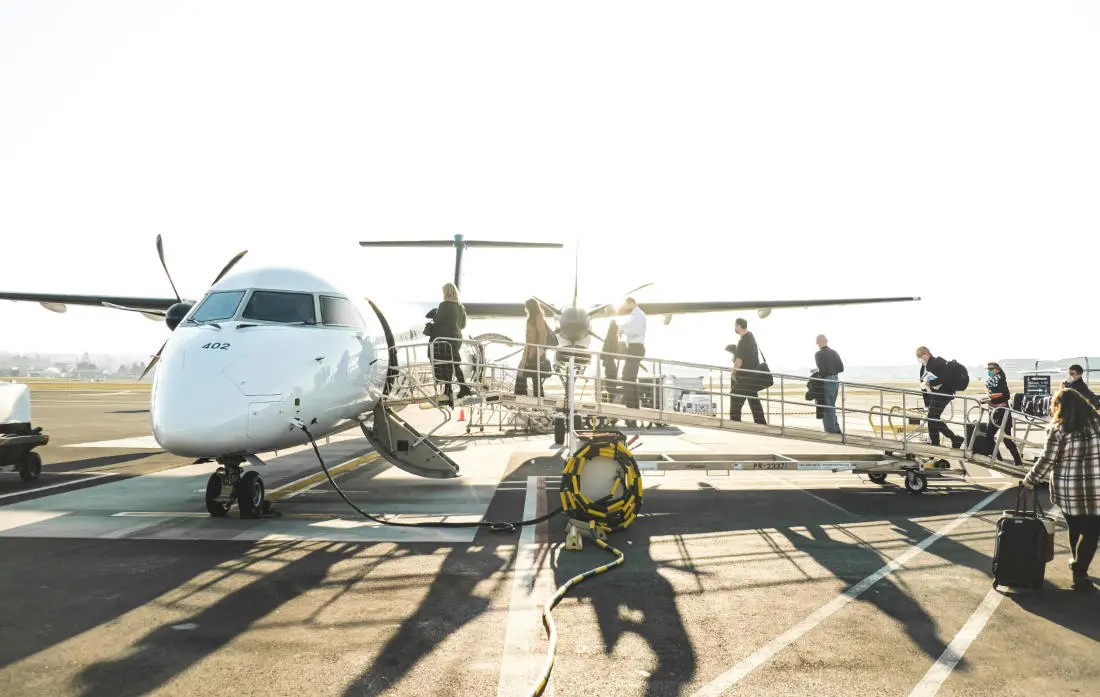
Why Do Planes Board from Front to Back?
Airline boarding procedures are a subject of frequent debate among travelers. One common method many airlines use is boarding the plane from front to back. This approach, while seemingly logical (and often frustrating), has its roots in practicality and operational efficiency. Here's why boarding front to back is a common practice:
Easier Access to First Class and Premium Passengers
Many airlines prioritize their first-class and premium passengers by allowing them to board first. These passengers often sit at the front of the plane, making it convenient to board them first and ensuring they get settled in quickly. This premium treatment aligns with the higher fare prices they pay and enhances their overall travel experience.
Organized Boarding Process
Boarding from front to back can appear more organized and systematic. It reduces the likelihood of a bottleneck caused by passengers stopping to store their luggage and get settled, which can happen more often if boarding were randomized. By filling the plane from front to back, the flow of passengers remains more continuous.
Operational Efficiency
Airlines have experimented with various boarding methods to optimize turnaround times – the time it takes to unload, clean, refuel, and board the plane. Boarding from front to back is straightforward for passengers to understand and follow, potentially reducing confusion and speeding up the process.
Seating Families Together
Families and groups traveling together often prefer to board simultaneously to ensure they can sit together and assist each other, especially those with young children or elderly members. Allowing these groups to board early, usually from the front, ensures they can find their seats and get situated without the rush of other passengers boarding.
Safety Considerations
In case of an emergency, knowing that the front rows are occupied first helps the cabin crew ensure that critical areas near the exits are populated. It also provides a clear pathway to the back for other passengers and the crew during boarding.
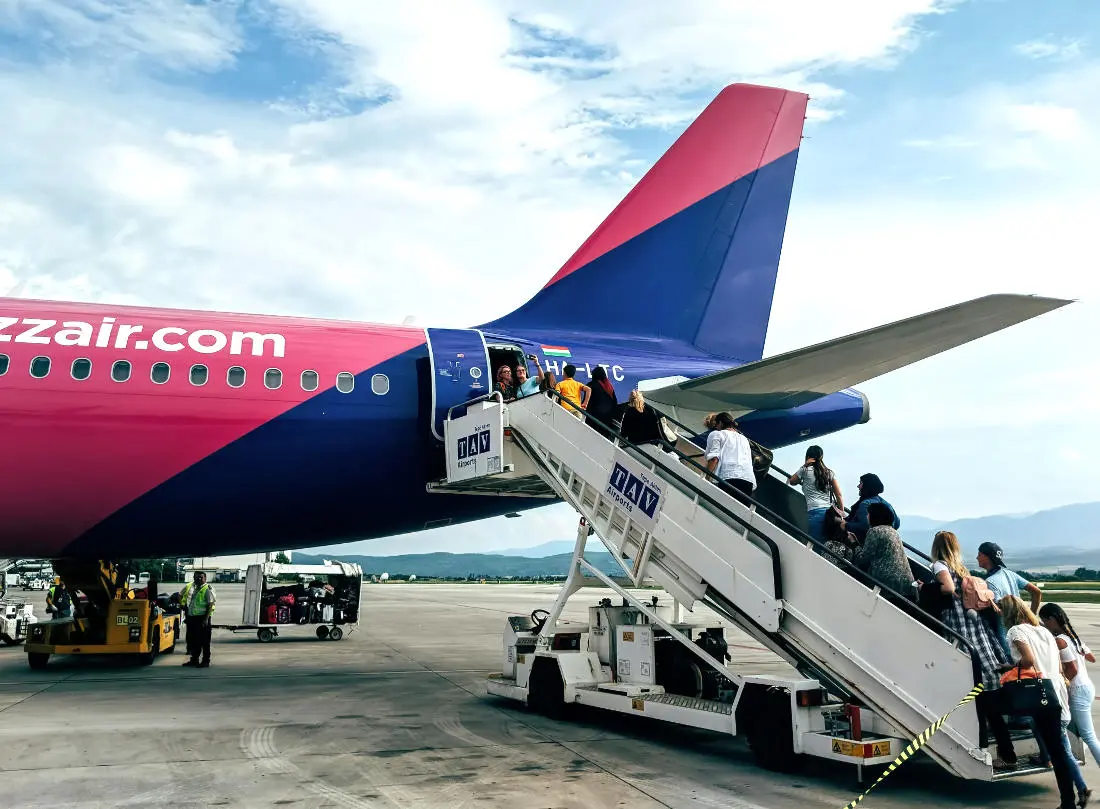
This method, however, is not rigidly fixed. Airlines often tweak the procedure, incorporating elements like group or zone boarding, which segments passengers into categories based on seat location, ticket class, or frequent flyer status. These adjustments aim to refine the boarding experience further, balancing efficiency with the need to provide priority services to certain passenger groups.
The Efficiency Debate: Speed Versus Convenience
The topic of whether boarding planes from front to back indeed expedites the process is one rife with contrasting views.
Critics argue that this method may not be the fastest due to the tendency for congestion to occur in the aisles as passengers stow their carry-on luggage and settle into their seats. The bottleneck effect, where passengers are funneled into a narrow space and forced to wait as others ahead of them prepare, can significantly slow down the process. This delay is compounded when passengers seated at the back must wait for those in front to stow their luggage and sit down before they can proceed to their own seats.
On the other hand, proponents of the front-to-back boarding method maintain that it offers a structured and predictable way to load passengers onto the plane, which can, in theory, reduce the overall boarding time by minimizing cross-aisle traffic and ensuring that passengers are seated in an orderly fashion.
Additionally, this method is seen as a way to streamline the boarding process by allowing flight attendants to focus on assisting passengers in a sequential manner, potentially speeding up the time it takes for everyone to get settled.
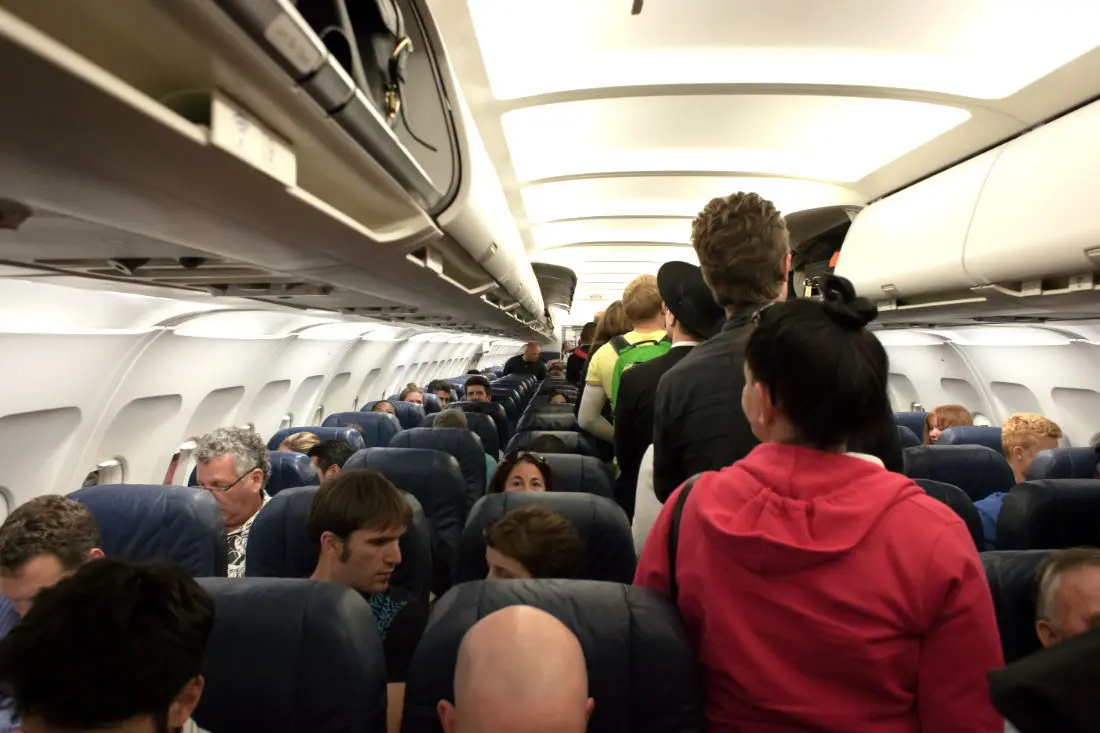
The debate between speed and convenience in boarding methods continues as airlines experiment with and sometimes alternate between different strategies to find the most efficient way to board their planes. Despite the ongoing discussions, the front-to-back method remains a commonly used approach, with its effectiveness varying based on factors such as the aircraft's layout, the passengers' compliance with boarding procedures, and the efficiency of the airline's ground crew.
Safety and Security Considerations During Boarding
When it comes to boarding an aircraft, airlines prioritize not just efficiency and passenger convenience but also the critical aspects of safety and security. Adopting a front-to-back boarding method aligns with these priorities by offering a systematic approach that enhances both. This method simplifies the task of monitoring passengers as they board, allowing crew members to efficiently manage the flow of people and ensure that all passengers are accounted for.
In scenarios that require swift action, such as the need for an emergency evacuation before takeoff, having passengers boarded and arranged in a methodical manner can prove to be significantly advantageous. It allows for a quicker and more organized evacuation process, minimizing risks and ensuring a higher level of safety for everyone onboard. Furthermore, the structured nature of front-to-back boarding aids in preventing unauthorized access to the plane or tampering with onboard safety equipment, as the flow of passengers is more controlled and easier to observe.
Additionally, this boarding approach facilitates better communication between flight attendants and passengers during the critical pre-takeoff period. Instructions can be delivered more effectively, and any issues or concerns can be addressed promptly, ensuring that safety protocols are clearly understood and followed. This organized manner of boarding, therefore, plays an essential role in not only maintaining order but also in bolstering the overall security measures that are in place to protect passengers and crew alike.
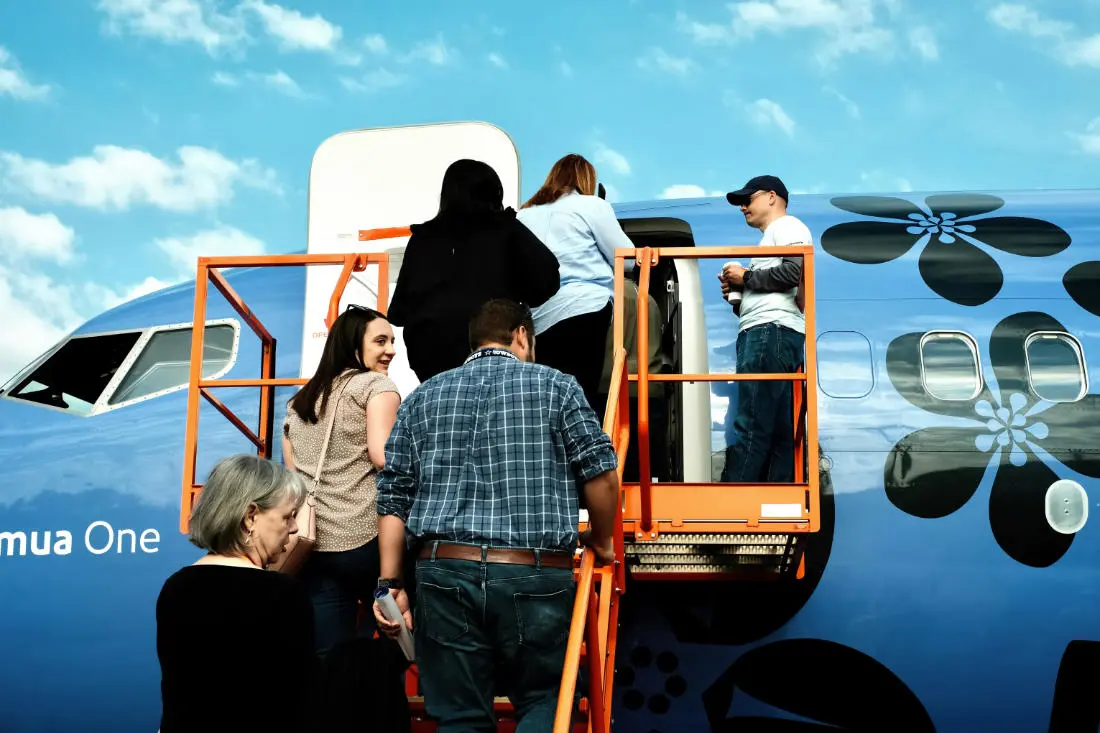
The Impact of Frequent Flyer Programs and Boarding Priorities
Frequent flyer programs have significantly influenced airline boarding strategies, leading to adaptations that recognize and reward passenger loyalty. These programs, designed to foster brand loyalty among travelers, offer a variety of benefits, including priority boarding. This privilege permits some passengers to bypass standard boarding queues, allowing them first access to overhead bin space and the comfort of settling in before the cabin becomes crowded. In short: It's a business opportunity for the airlines.
The integration of frequent flyer benefits into the boarding process necessitates a careful balance. While prioritizing these passengers, airlines must still ensure the overall procedure remains efficient for the general boarding groups. This balance is achieved through the implementation of segmented boarding zones or groups, which are often delineated at the time of ticket purchase.
Priority passengers, typically seated in front of the aircraft, naturally align with a front-to-back boarding logic. However, their early boarding does not disrupt the flow of the remaining passengers. Instead, it complements the procedure by clearing the way for a smoother transition for subsequent groups.
The Psychological Aspect: Perceived Fairness and Customer Satisfaction
The psychological implications of the boarding process significantly influence passengers' overall travel experience.
Adopting a front-to-back boarding sequence taps into innate human desires for order and fairness. This method is intuitively understood and accepted by most travelers, as it mirrors a first-come, first-served principle that is deeply ingrained in societal norms.
By following this sequential order, passengers are less likely to feel unjustly treated or that others are given undue preference, unless, of course, priority boarding for specific groups is clearly justified and communicated, such as for frequent flyers or those needing special assistance.
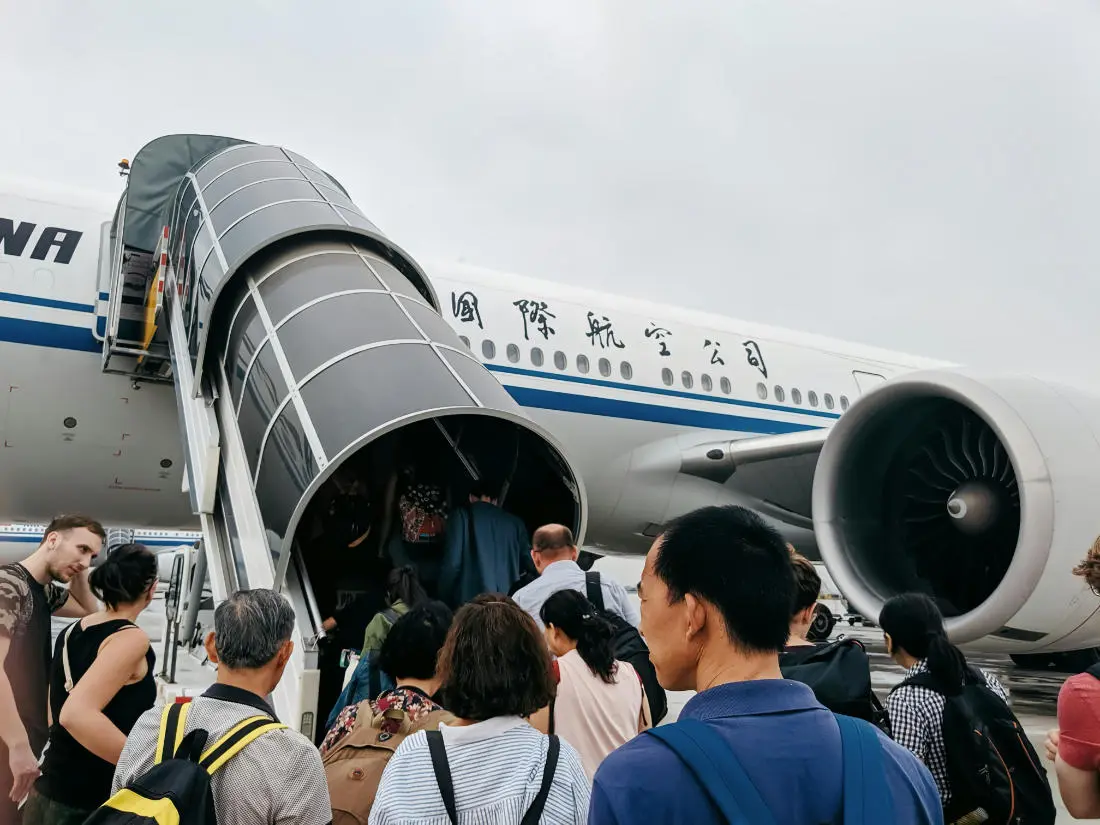
This perception of fairness plays a crucial role in enhancing passenger satisfaction. When travelers perceive the boarding process as equitable, their level of comfort and contentment with the airline increases, fostering a positive start to their journey.
Moreover, the psychological comfort of knowing one's place in the boarding queue can reduce anxiety and stress associated with the boarding process, making for a more pleasant and agreeable travel experience overall.
Summary
The strategy of boarding planes from front to back is rooted in a multitude of considerations aimed at optimizing the passenger experience. This approach facilitates not just an orderly and somewhat efficient boarding process but also addresses safety, security, and psychological aspects of travel.
Through minimizing aisle congestion and enhancing the capability for a swift response in emergencies, airlines prioritize passenger well-being. Additionally, the integration of frequent flyer programs into this boarding method underscores the value placed on customer loyalty, allowing for a harmonious balance between recognizing passenger status and maintaining operational efficiency.
The psychological benefits, including the perception of fairness and reduced stress among travelers, further highlight the method’s effectiveness in ensuring a satisfactory journey. This system, though subject to scrutiny and continuous evaluation, embodies a comprehensive effort by airlines to streamline boarding, ensuring that every aspect, from logistical to emotional, is carefully considered for the benefit of all passengers.
Also read:
Planenerd Newsletter
Join the newsletter to receive the latest updates in your inbox.






